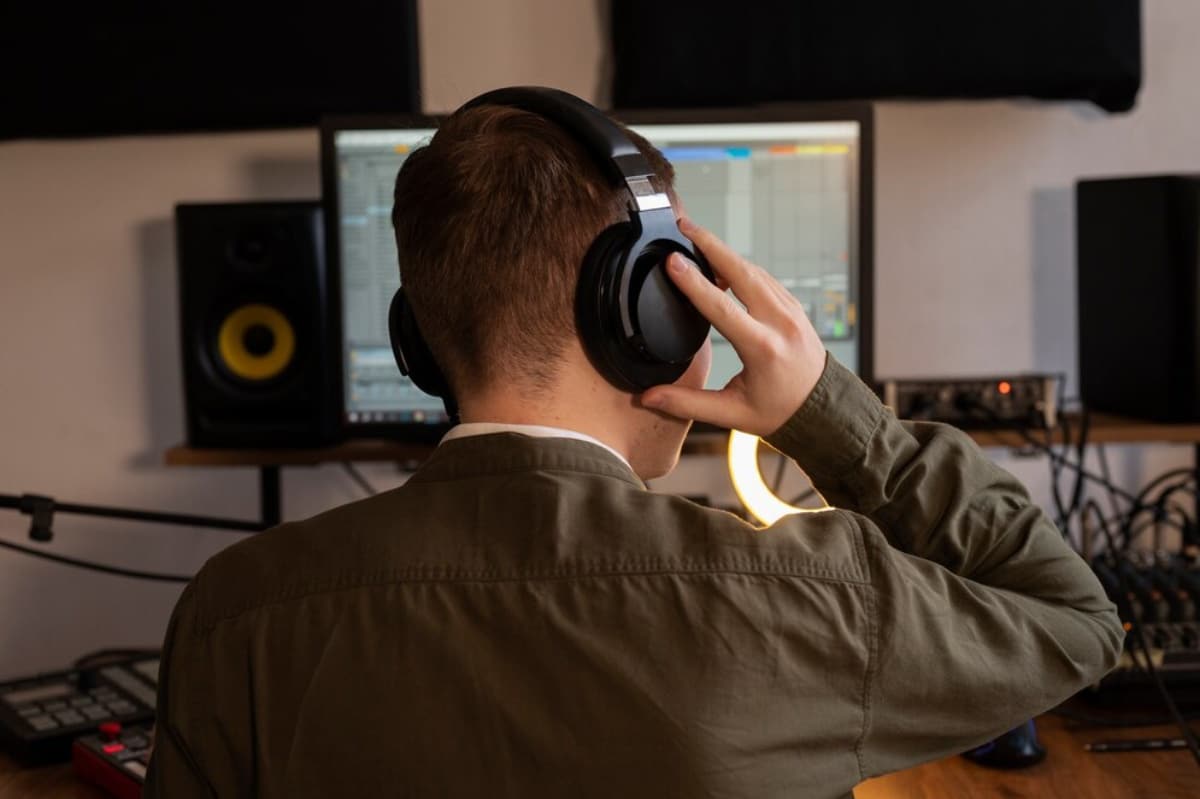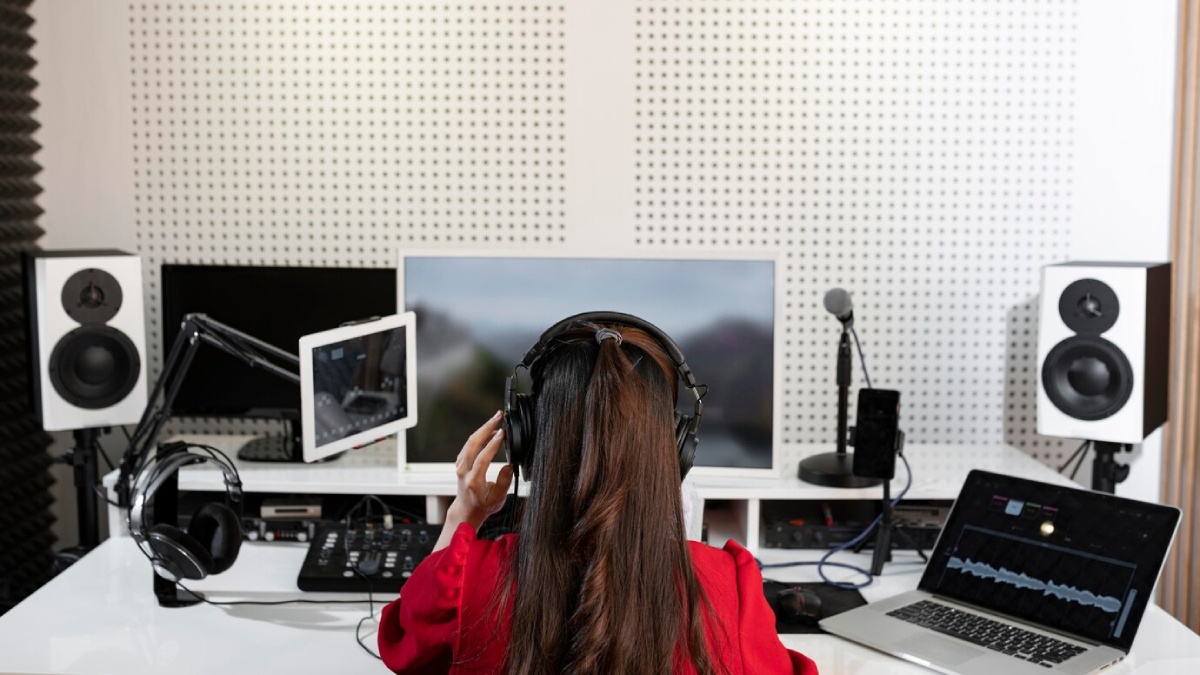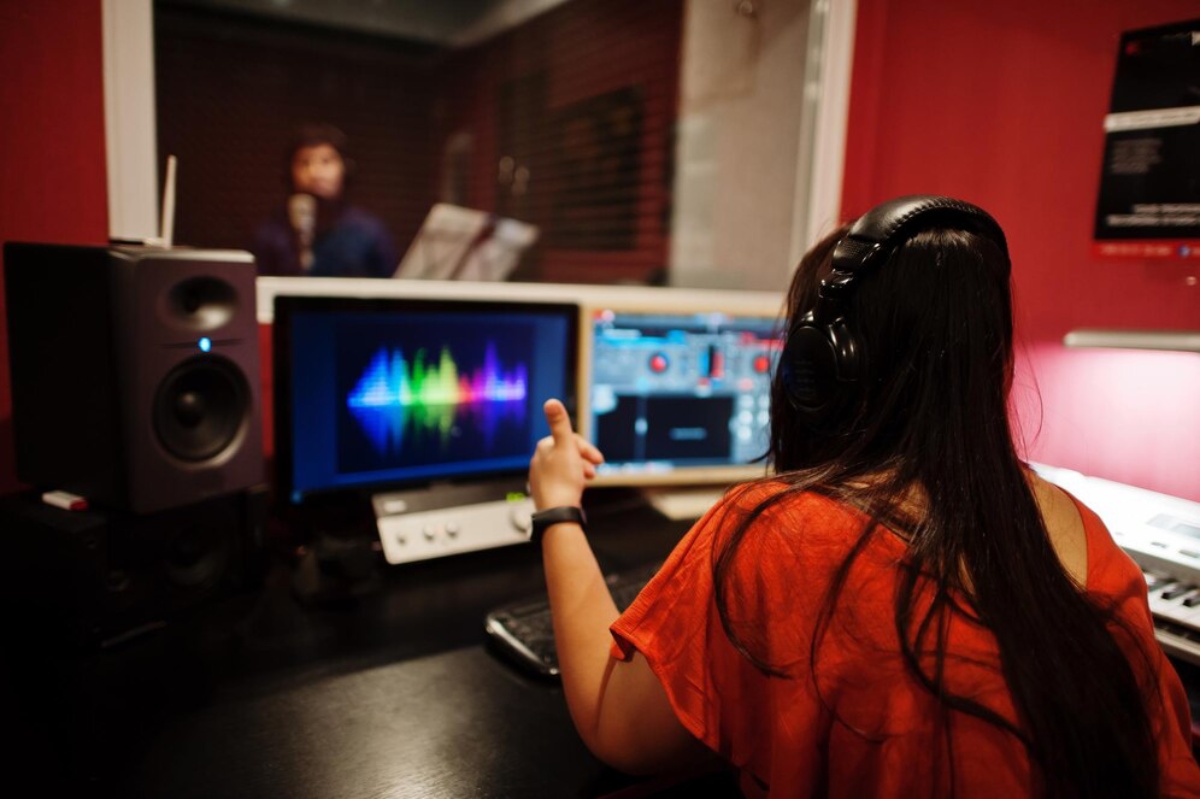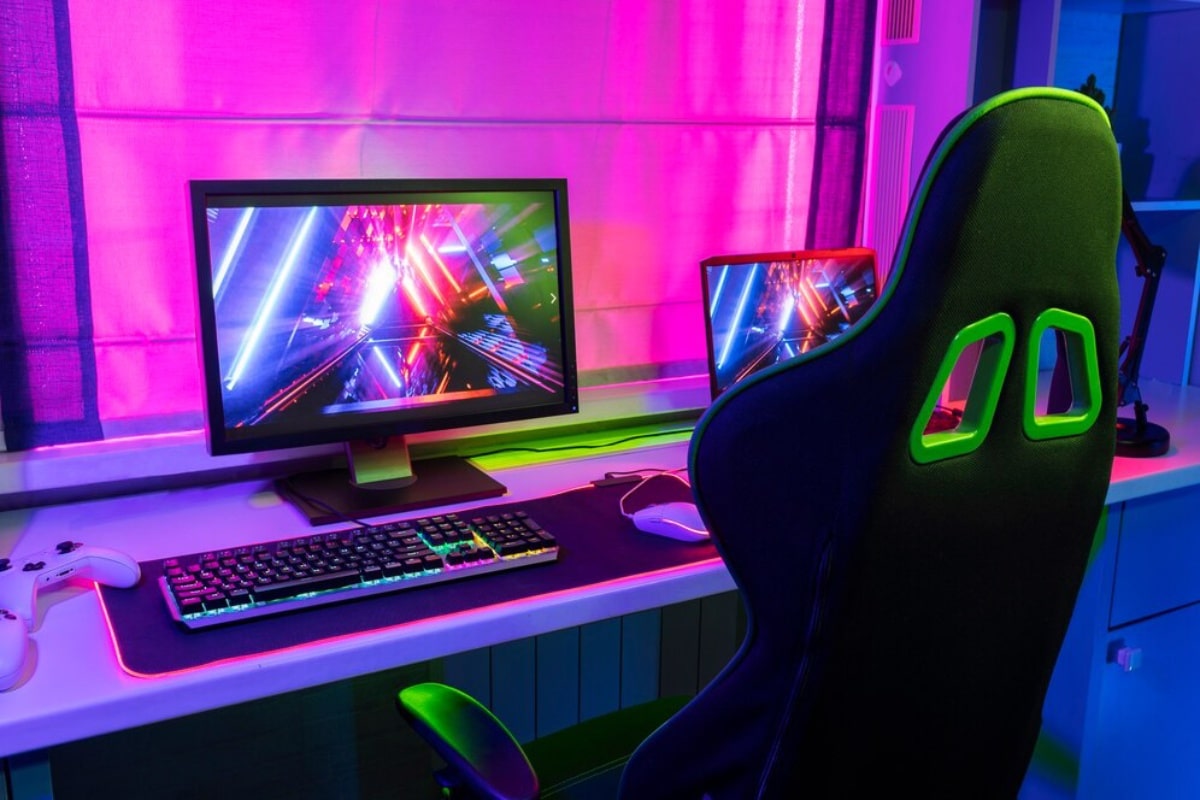
How to Boost Your Gaming Audio with External DACs
Do your games look amazing but sound underwhelming? You’re not alone. For many gamers, subpar audio is the weak link in an otherwise powerful setup. Sound can make or break your immersion. It might be enemy footsteps nearby, music in an open-world game, or clear sounds in a first-person shooter.
This is where an external DAC (Digital-to-Analogue Converter) becomes a game-changer. A dedicated DAC boosts sound clarity, fidelity, and responsiveness. It does this by bypassing the audio hardware in your computer or console. If you’re a competitive gamer wanting to hear every sound or a story-driven player seeking immersion, this guide shows how an external DAC can boost your experience. It will also help you choose the best one for your setup.
Understanding the Core: Why External DACs Matter for Gaming Audio

What is a DAC?
A DAC converts digital audio signals from your computer or console into analogue sound, which can then be played through headphones or speakers. Most devices have built-in DACs, but they are often limited in quality, especially in budget hardware.
An external DAC makes audio better. It offers clearer sound. You get a wider dynamic range and better separation between sounds. For gaming, this translates into:
- Better Sound Quality: Eliminate background hiss, crackles, and distortion. Enjoy a cleaner, more immersive sound profile.
- Lower Latency: Hear actions in real-time, not milliseconds later. This can be crucial in fast-paced competitive games.
- Improved Spatial Awareness: Hear directional audio with pinpoint precision. You’ll know whether an enemy is behind, above, or to your left — before you even see them.
Key Benefits of External DACs for Gamers

1. Enhanced Detail and Clarity
With an external DAC, subtle audio cues become clearer. You’ll notice distant footsteps, weapon reloads, or background sounds that you missed before. This is particularly important in tactical shooters and immersive RPGs.
2. Balanced, Rich Sound
Many built-in sound systems favour bass or treble, distorting the mix. A DAC creates a balanced output. It delivers crisp highs, clean mids, and strong lows, keeping the sound clear and avoiding muddiness.
3. Headphone Compatibility and Power
High-impedance headphones are common in pro setups. They need more power than standard onboard sound cards can deliver. DACs with headphone amps let you use premium headphones well. This helps you get the most out of them.
4. Customisation and Software Control
Many external DACs come with software. This software helps you create sound profiles. You can adjust EQ settings and change output levels for different games. This level of control is ideal for gamers who want to fine-tune their audio experience.
Quick-Reference Checklist: How to Choose and Use a DAC for Gaming

- Define Your Audio Goals: Are you gaming casually, streaming, or competing in esports?
- Check Compatibility: Ensure the DAC works with your system (Windows, macOS, PlayStation, Xbox).
- Evaluate Specs: Look for 24-bit/96kHz or 192kHz support for high-fidelity audio.
- Consider Amplifier Strength: Especially important if using headphones over 100 ohms.
- Choose a Form Factor: Desktop DACs provide power and features. Portable models offer more flexibility.
- Spend Smart: Great DACs are available at any price, from £50 budget options to £500 high-end models.
Step-by-Step Guide: Setting Up Your External DAC for Gaming
1. Understand DAC Components
Most modern gaming DACs combine a few key elements:
- Digital-to-Analogue Converter (DAC): The heart of the system — translates digital signals into sound.
- Amplifier: Boosts signal strength, especially for demanding headphones.
- Inputs and Outputs: Common ports include USB (for PC), optical (for consoles), 3.5mm headphone out, and RCA.
Some models have microphone passthroughs, sound filters, and RGB lighting for looks.
2. Choose the Right DAC for Your Setup
When browsing options, look beyond just price:
- Sample Rate & Bit Depth: Aim for at least 24-bit / 96kHz audio processing. Higher numbers indicate better resolution.
- Output Power: Make sure your DAC can drive your specific headphones. High-impedance cans need more output voltage.
- Input Type: USB DACs are ideal for PCS and laptops, while optical-in is useful for console setups. Some models offer both.
- Software Features: Look for programmable EQs, gaming profiles, or surround sound simulation.
- Brand Reputation: Choose well-known audio brands like Schiit, FiiO, iFi, Creative, or AudioEngine.
3. Connect Your DAC
PC Setup:
- Plug the DAC into your PC via USB or optical out.
- Go to Control Panel > Sound or Settings > System > Sound and set the DAC as your default output device.
- Make sure your headphones plug into the DAC’s output, not the motherboard.
Console Setup:
- For PlayStation: Use USB audio output or optical (PS4 only).
- For Xbox: Connect via optical out or through the controller’s 3.5mm jack (with a compatible DAC).
- Some DACs are plug-and-play. Others might need firmware updates or setting adjustments on the console.
4. Optimise Your Audio Settings
- Set Bit Depth & Sample Rate: In Windows, go to “Sound Control Panel.” Select the highest settings that match your DAC’s specs.
- Create Custom Profiles: For example, enhance bass for action games or widen the soundstage for open-world titles.
- Enable Surround Simulation: Some DACS provide virtual surround. This feature helps with 3D audio in games such as Call of Duty or Battlefield.
- Test with Benchmark Games: Play titles with great audio directionality. Try Rainbow Six Siege, Hellblade: Senua’s Sacrifice, or Red Dead Redemption 2. You’ll really notice the difference.
Pro Tip: A DAC’s performance is only as good as your audio output. Avoid pairing it with low-end earbuds or poorly built headsets.
Important: Some budget DACs advertise unrealistic bit rates or sampling rates. Always check real-world reviews before buying.
Best Practices & Additional Insights
Power Supply and Output Considerations
If you’re driving high-impedance headphones (e.g., 250 ohms), ensure your DAC has enough power. USB-powered DACs might have trouble unless they have a built-in amp or use external power.
Headphone Matching
Open-back headphones with a DAC provide a wider soundstage, which is great for immersive gaming. Closed-back models, meanwhile, provide better isolation for competitive environments.
Noise-Cancelling Headsets
Wear noise-cancelling headphones in noisy places. This way, you can enjoy the benefits of your DAC without background distractions.
Streamer Tip
If you’re recording or streaming, use your DAC in combination with an audio interface. Some DACs even support microphone input passthrough for streamlined signal routing.
FAQs
What’s the difference between a DAC and a sound card?
A DAC is a special part that processes audio. It’s usually external and made to provide better sound quality. A sound card is often built into your PC. It can provide some basic upgrades, but it usually doesn’t match the quality of high-end DACs.
Do I really need a DAC for gaming?
It depends. If you’re a casual gamer using basic headphones, you may not notice a huge difference. For enthusiasts, streamers, or competitive players, a DAC offers big improvements in audio detail and responsiveness.
Can I use a DAC with my console?
Yes. Many modern consoles support DACs via USB or optical connections. Just check compatibility and required connection types.
How do I choose the right DAC for gaming?
Choose DACs that offer at least 24-bit/96kHz resolution. Also, check for a built-in amp if you use high-impedance headphones. Finally, ensure they work with your setup. Reviews and brand reputation are important indicators of quality.
Conclusion: Boosting Your Gaming Audio with External DACs
A good DAC doesn’t just amplify sound — it redefines it. Whether you’re deep in a competitive match, getting lost in an open-world RPG, or streaming to your fans, crystal-clear audio elevates every moment. With a proper DAC and high-quality headphones, your gaming rig becomes more than just a machine — it becomes an audio-visual powerhouse.
Upgrade your setup today. Find the right DAC, configure it correctly, and unlock the full potential of your gaming experience.


